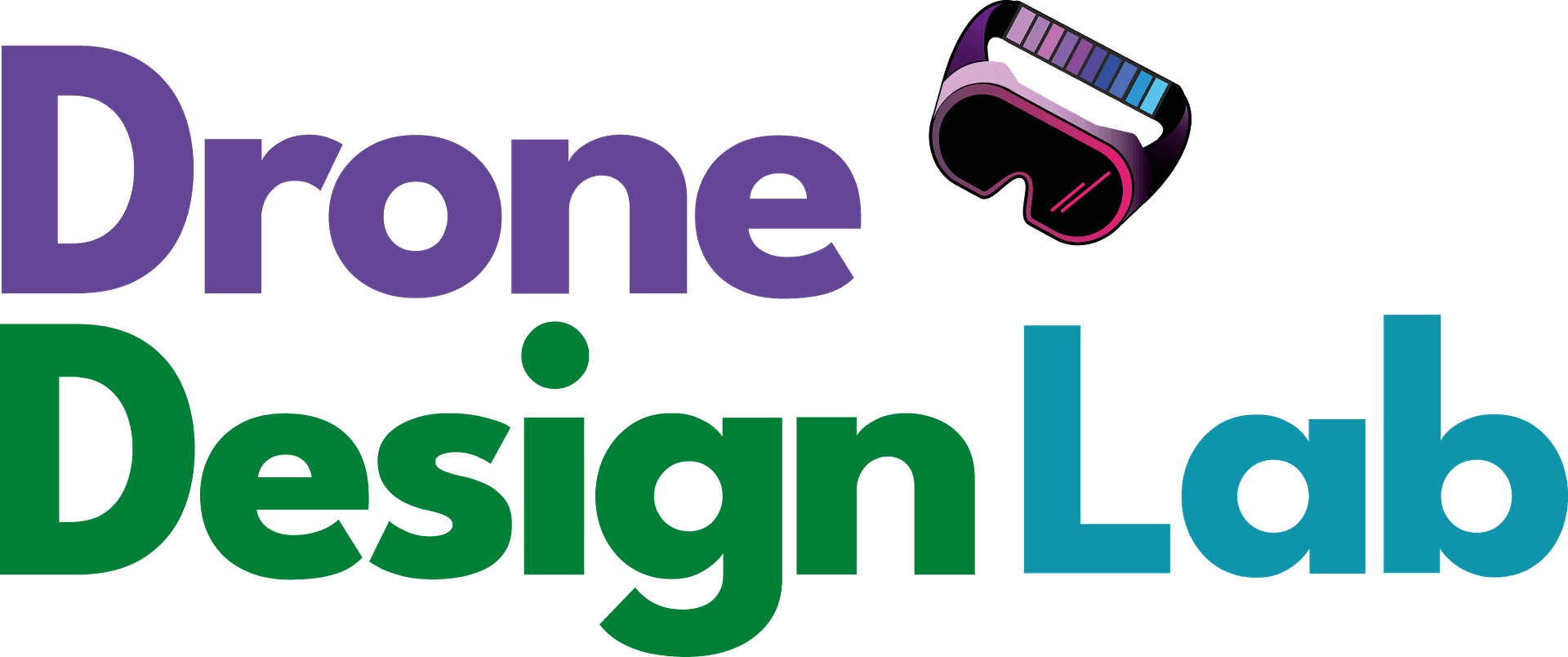Drones have revolutionized various industries, from photography and agriculture to search and rescue operations. However, the rapid evolution of drone technology has resulted in older models becoming obsolete and discarded. This not only contributes to electronic waste but also represents a significant loss of resources. In this blog, we’ll explore the concept of reusing, rebuilding, and restarting drones using different parts, including plastics, 3D-printed components, electronics, batteries, motors, and frames. We’ll also discuss maintenance tips to keep your rebuilt drone flying smoothly.
Part 1: The Sustainability Imperative
The increasing environmental concerns and the need to reduce electronic waste have led to a growing interest in recycling and reusing electronic devices, including drones. By adopting a sustainable approach, drone enthusiasts can not only save money but also contribute to a greener future.
Part 2: Salvaging Components
Before you begin your drone rebuilding project, it’s essential to gather components. Look for old or broken drones, but don’t limit yourself to this source. Here are some parts you can salvage:
a) Plastics: Many drone frames and components are made of plastic. Salvage these parts for future use, and consider recycling any excess plastic.
b) 3D-Printed Parts: If you have access to a 3D printer, you can design and print custom drone components. This is an eco-friendly way to create bespoke parts while minimizing waste.
c) Electronics: Harvest functional electronic components like flight controllers, receivers, and ESCs (Electronic Speed Controllers) from old drones. Properly handling and testing these components is crucial to ensure they’re in working order.
d) Batteries: Lithium-polymer (LiPo) batteries are commonly used in drones. If you have LiPo batteries in good condition, they can be reused. Ensure you store and charge them safely to extend their lifespan.
e) Motors: Salvage and test motors from old drones. While they may require cleaning and maintenance, they can often be reused.
f) Frames: If the drone frame is still in good condition, don’t hesitate to reuse it. Ensure it’s structurally sound and free from cracks or damage.
Part 3: Rebuilding Your Drone
Once you have collected the necessary components, it’s time to rebuild your drone. Here’s a step-by-step guide:
a) Design and 3D-Print Components: Use CAD software to design custom parts like motor mounts, camera mounts, and landing gear. 3D-print these components using recycled filament to minimize waste.
b) Assemble Electronics: Carefully connect the salvaged electronic components on your new frame. Follow the manufacturer’s guidelines and wiring diagrams.
c) Balance and Maintain Motors: Clean and balance your salvaged motors to ensure they function optimally. Lubricate the bearings if necessary.
d) Battery Care: If you’re reusing LiPo batteries, maintain them properly by storing and charging them safely. Dispose of any damaged or worn-out batteries correctly.
e) Test and Tune: Before taking your rebuilt drone for a flight, thoroughly test all components. Calibrate sensors, check motor direction, and tune your flight controller to ensure stability.
Part 4: Maintenance for Longevity
To extend the lifespan of your rebuilt drone, regular maintenance is crucial:
a) Cleaning: Keep your drone clean, especially after flights in dusty or dirty environments. A can of compressed air and a soft brush can help remove debris.
b) Check Wiring: Periodically inspect all wiring for loose connections or fraying. Re-solder or replace components as needed.
c) Firmware Updates: Stay up-to-date with firmware updates for your flight controller and other electronic components. These updates often include bug fixes and performance improvements.
d) Motor and Propeller Care: Check motors and propellers for damage after each flight. Replace damaged parts promptly.
Conclusion
Reusing, rebuilding, and restarting drones not only saves money but also promotes sustainability by reducing electronic waste. Salvaging components, 3D printing, and proper maintenance can help you breathe new life into old drones, allowing you to enjoy the world of UAVs while minimizing your environmental footprint. Whether you’re a hobbyist or a professional drone pilot, adopting these practices can contribute to a greener and more sustainable future for the drone industry.





